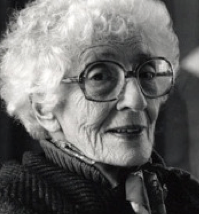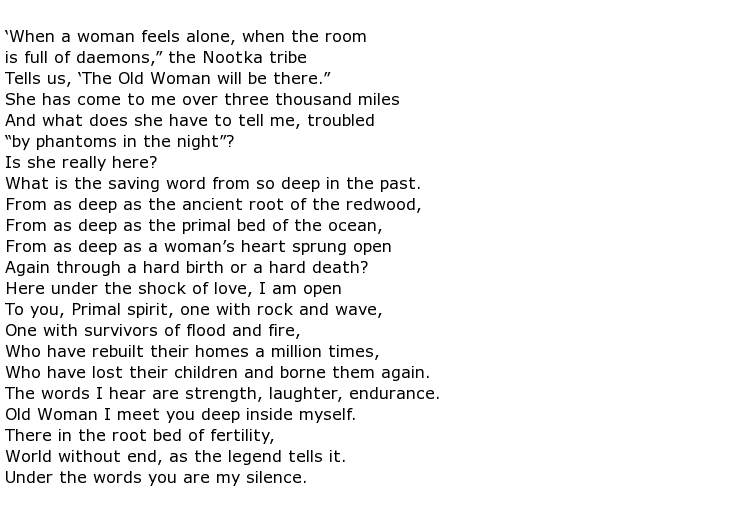 May Sarton was a Belgian-born American writer famous for her poetry, novels and a number of memoirs documenting her life at different stages.
May Sarton was a Belgian-born American writer famous for her poetry, novels and a number of memoirs documenting her life at different stages.
She was born Eleanore Marie Sarton on the 3rd May 1912 in Wondelgem, Belgium, a place which is now a suburb of the city of Ghent. Her father was a Belgian scientist who was a great philosophical thinker, striving to link science and humanities in a movement that he called “the new humanism”. Her mother was an English artist. As war broke out in Europe in 1914 the family moved to Ipswich, in England, staying for a year before emigrating to the United States.
Eleanore enjoyed a good education in Cambridge, Massachusetts. She graduated from the Cambridge High and Latin School at the age of 17. While already having a deep interest in writing poetry she also took lessons in the theatre but it was as a writer that she would make progress in the coming years. Her first collection of poetry came out in 1937 with the title Encounter in April. She had, by now, adopted the pen name May Sarton.
Seemingly with no interest in men she started a relationship in Santa Fe, New Mexico with a woman called Judy Matlack sometime during the year 1945. This lasted for thirteen years and Sarton documented this time in Honey in the Hive, one of her memoirs which was written in 1988. She had also written about Judy’s influence on her life in another memoir, At Seventy (1982-83). She lived in a number of places including York, Maine and Nelson, New Hampshire, living a fairly complex life and unable to sustain relationships for too long.
Her often solitary life is reflected in a series of memoirs where she talked about highly personal facets of her life including her lesbianism, the onset of age and her constant self-doubts. She was an observer of the natural world, taking great pleasure from the development of wild flowers as the seasons changed. She was a spiritual being and was constantly battling with the challenges that she faced as a naturally creative person, often living in solitude. These feelings are probably summed up perfectly in one of her poems which is called When a Woman Feels Alone. It is reproduced here:

Sarton was, undoubtedly, a lesbian by nature but she was anxious that the literary world did not see her as a typical “lesbian writer”. She simply wanted people to be aware that love comes in all shapes, sizes and genders and that they should not be swayed by the intensely erotic, but essentially female, imagery that she included in Encounter in April. When she published a novel called Mrs Stevens Hears the Mermaids Singing in 1965 she feared that people would dismiss female love as something deeply unsavoury. She hoped that readers would take the story at face value and, in fact, many women’s groups in universities began to study her work in depth after this, with feminists and lesbians alike being encouraged to take on board her deep-lying philosophies about life and love in equal measures.
Towards the end her health suffered badly and the quality of her writing was diminished through having to dictate her thoughts rather than writing them down directly. She suffered a stroke in 1990 and then found that she had breast cancer as well which, ultimately, killed her.
May Sarton died on the 16th July 1995 at the age of 83 and was buried in Nelson, New Hampshire.

